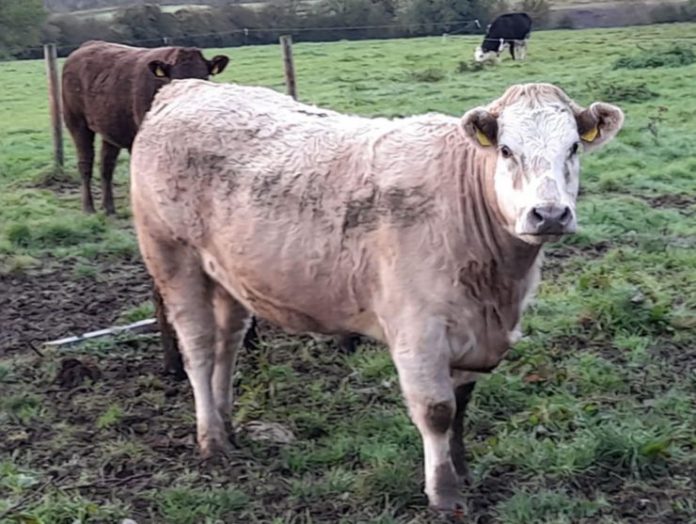Introduced in 2019 to provide compensation to beef farmers for market price cuts, the BEAM scheme offered a payment in return for future compliance requiring a 5% overall reduction in cattle organic nitrogen over 12 months, writes Colm Kelly, B&T Drystock Advisor, Teagasc Galway/Clare.
This reduction period is between July 1st, 2020 and June 30th, 2021. The reference period was July 1st 2018 – June 30th 2019.
In this article, I am going to present some scenarios I have encountered to date with this scheme.
Scenario 1: Finisher:
Frank is finishing cattle all-year-round and regularly buys cattle in batches. The payment he received is significant, so it is important to retain it.
It is proving difficult for Frank to accurately forecast his numbers as animals turning from 1-2 (57kgs org nitrogen/year) to 2+ (65kgs org nitrogen/year) can make a significant difference.
He is taking a dual approach of monitoring average monthly figures as each month ends using ICBF and comparing those to the equivalent month in 2018/2019.
This is giving him a sense of how he has been trending. A BEAM calculator allows him to then forecast numbers for the remainder of the compliance period.
Calculators are available through advisors or now through ICBF Herdplus. A payment of €60 per year creates a Herdplus account with ICBF.
To overcome the difficulty with ages, Frank has had to assume animals are 2+ where he is in doubt. In this way, he is likely to depress his throughput of cattle by been overly cautious but guarantees keeping his payment.
It is recommended to have a 2% margin for error as the Department of Agriculture counts the days an animal is on-farm through the animal movements system whereas it is only practical for farmers at present to use monthly averages when forecasting.
Scenario 2: Weanling:
David has a weanling system selling in October-November with some the following March. At the application stage, David’s reduction figure was 130kgs which was the equivalent of 2 suckler cows.
An issue David has is that in late 2018 he actually culled more cows than normal and did not replace them until the following March. This has presented the problem of his reference figure been lower than his normal operating number. This, coupled with no reductions made at the start of the period, means what is required is now the equivalent of 6 cows sold this month and all weanlings sold by the end of January.
To achieve this, scanning cows can show empties which can be culled straight away. However, the sale of in-calf cows would also likely be required. The reduced cow numbers could be replaced at the end of 2021 once the reduction period ends.
Scenario 3: Developing Farm:
Andrea took over her farm and changed system from suckler cows to dairy calf-to-beef.
Transitioning from suckler cows to dairy calves coincided with the reference period leaving a lower-than-normal stocking rate due to declining cow numbers and the low age profile for young stock purchased.
Also, as Andrea rented new land, this increases the stocking capacity.
To keep the payment as it stands, Andrea would have to make a drastic cut to her stock numbers and the losses per head would outweigh the value of the payment. Andrea’s payment was €800 which she feels is manageable.
Scenario 4: Suckler:
James has had stable numbers since the reference period. While he started off on target, he has since seen his numbers drift upwards to the current point of been 2% under for the month of November.
Some of this difference is due keeping some cattle longer due to finishing rather than selling live.
Another contributing factor on James’s farm is that he purchased a dairy cow to rear a calf. This dairy cow has a weighting of 85kgs organic nitrogen per year compared to a beef breed suckler cow weighting of 65kgs organic nitrogen per year.
James can, therefore, make a proportionately greater reduction by selling this dairy cow now. He also keeps ewes and has increased the numbers put to the ram slightly this year to offset a reduction in beef stocking rate so overall farm performance can continue to improve.
Key points:
- Assess where you are now with an advisor as the longer cuts are left the more drastic, they become;
- Factor payment amount and financial impact of selling earlier into your decision.





